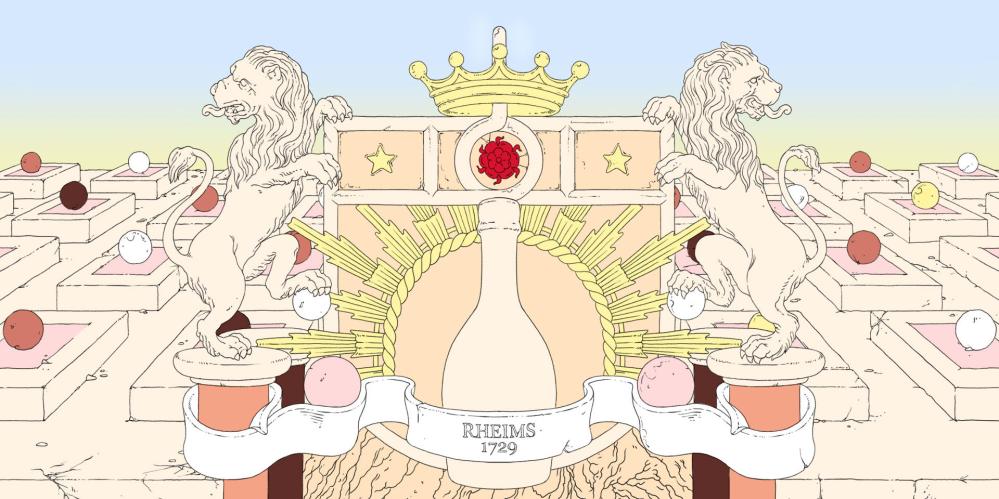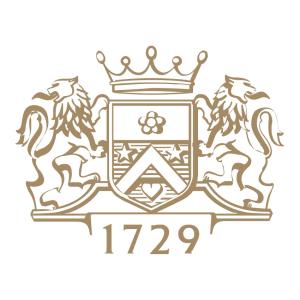Champagne Ruinart
关于我们
-
产区
-
地址4 Rue des Crayeres, Reims 51100
-
葡萄园面积
-
电话+33 3 2677 5151
-
传真+33 3 2682 8843
-
网站https://www.ruinart.com
Champagne Ruinart was one of the first Champagne houses, established in 1729. It takes its name from the Benedictine monk Dom Ruinart, whose writings on Champagne were passed down through his family and resulted in the Maison Ruinart we know today.
Dom Ruinart was born in Champagne in 1657, and died in 1709. He moved from his home to an abbey just outside of Paris, where he began to learn about the "wine with bubbles", which was very popular among the young aristocrats of the time. He believed it could be made best on the soils of his hometown. Upon his death in 1709, he left many books containing his writings on this to his nephew Nicolas Ruinart and, 20 years later, Maison Ruinart was founded.
The Ruinart house was passed through the family for the next two centuries, during which time they were the first to ship rosé Champagne, as well as being the first to ship their bottles in wooden cases. From humble beginnings, the house now produces almost 2 million bottles a year and is currently owned by luxury brand superpower LVMH.
Ruinart owns vineyards across the Champagne region, predominantly in the Côtes de Blancs and the Montagne de Reims. The house style is Pinot Noir-dominant, but the wine's flavor profile tends to favor Chardonnay. In fact, Ruinart's prestige cuvée, Dom Ruinart, is a Blanc de Blancs made entirely from grand cru Chardonnay grapes, predominantly from the Avize, Chouilly and Le Mesnil vineyards. This wine is aged for 10 years in the underground cellars, which were acquired in the 18th Century and lie under the city of Reims. These cellars, which are 5 miles (8km) long and three levels deep, hold many of the oldest expressions of Ruinart.
The non-vintage wines, which include a brut, rosé and blanc de blancs, are aged for three years before release. All of the wines are vinified in stainless steel, using inert nitrogen gas to prevent oxidation. Dosage is limited and this helps to reinforce the fresh, flinty and integrated style of Ruinart Champagne.



